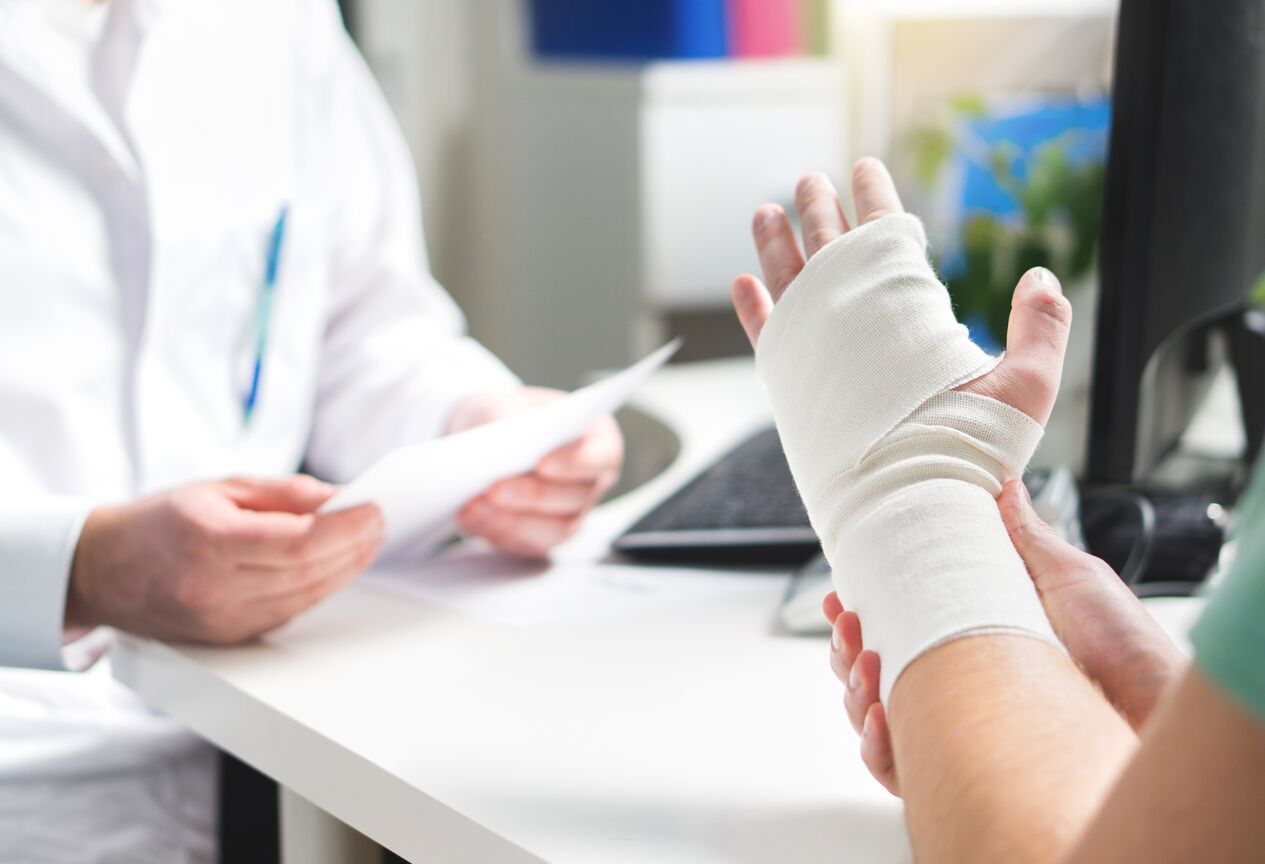Our representatives are available to schedule your appointment Monday through Friday from 9am to 5pm.
For a Northwell ambulance, call
(833) 259-2367.

Nicholas Sgaglione, MD, is passionate about fixing things – from teacups to torn ligaments. Over the years the orthopedic surgeon has seen sweeping changes in the field of sports medicine — and had a hand in its growth.
In this Q&A, Northwell's Chair of Orthopedic Surgery offers advice on how we can all benefit from the latest advancements and keep our bodies moving smoothly.
I love that it’s about fixing things. There’s a very obvious reward to setting things right, whether it’s a complex surgery or resetting a broken arm. My family laughs at me because I bring the same intensity to fixing a broken teacup in the house or a patient’s limb in surgery. But you can’t really turn it off. When someone gets hurt, whether it’s an everyday person or a notable athlete, to be able to get them back to what they do best is very rewarding.
“Fixing” doesn’t always require surgery. In sports medicine, which is my specialty, two-thirds of patients can be made better without surgery, through exercise, weight reduction or a targeted injection. I like to say that it takes six years to train a surgeon to operate, but a whole career to learn when not to.
The organization has changed quite a bit since my first surgical rotation at the then-sleepy North Shore Hospital in 1983. In fact, since I became chair of the department in 2010, we’ve grown from a department of four to more than 200 physicians spread across many locations. We’ve focused on recruiting the best and sharing best practices across the department. That’s how you make sure folks are getting high levels of care at every site across the health system.
And the specialty has changed even more profoundly. For instance, these days, patients go home more quickly after total joint surgeries — sometimes even the same day — and they’re also having better outcomes. Those improvements are a result of doing a thorough risk assessment before surgery, so that we know what each patient needs to be safe at home afterward, along with carefully planning the operation with the help of sophisticated computer tools. Another key is that we’ve gotten much better at managing opioids after surgery to avoid complications.
The value of exercise! Seriously. I love to take long bike rides up in Oyster Bay to Centre Island when I get the time. Now, not everyone is able to run a marathon or bike 30 miles in a day, but daily motion — stretching and moving throughout the day — makes such a big difference in bone and joint health. It could be as simple as taking the stairs instead of the elevator. The small stuff makes a big difference.
Our representatives are available to schedule your appointment Monday through Friday from 9am to 5pm.
For a Northwell ambulance, call
(833) 259-2367.